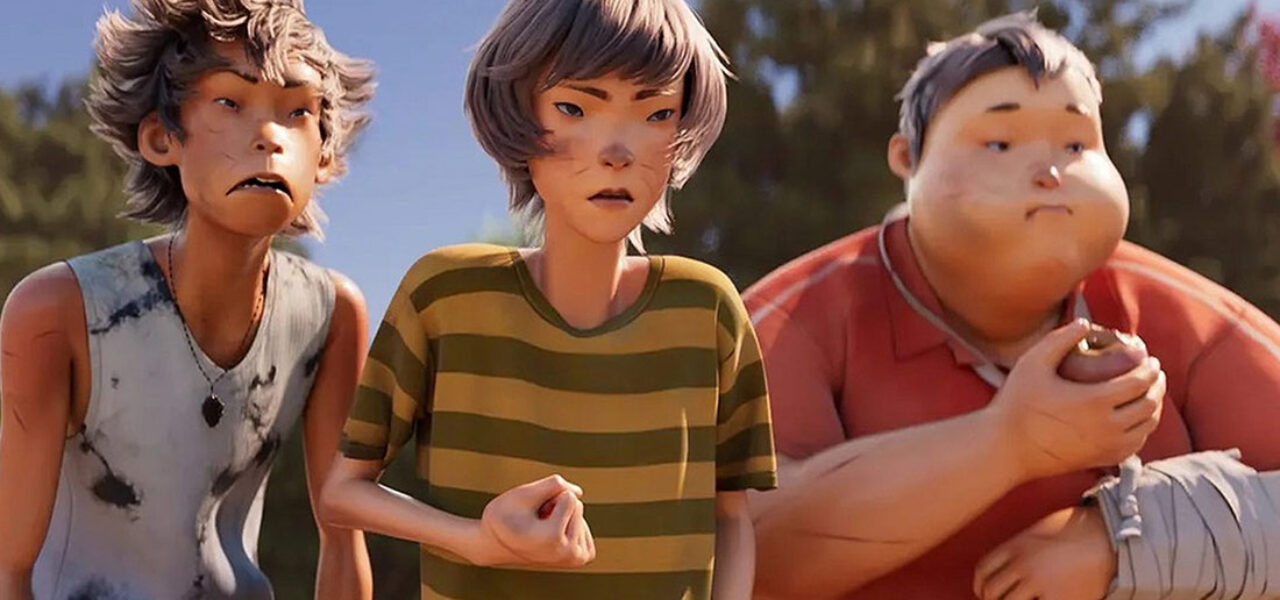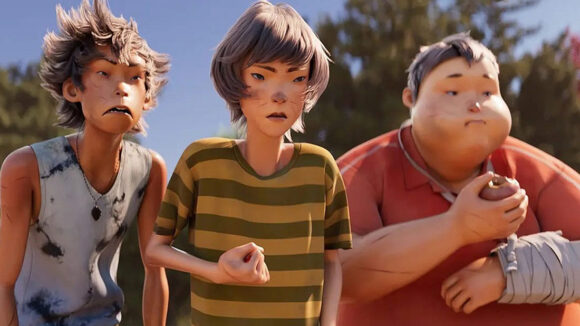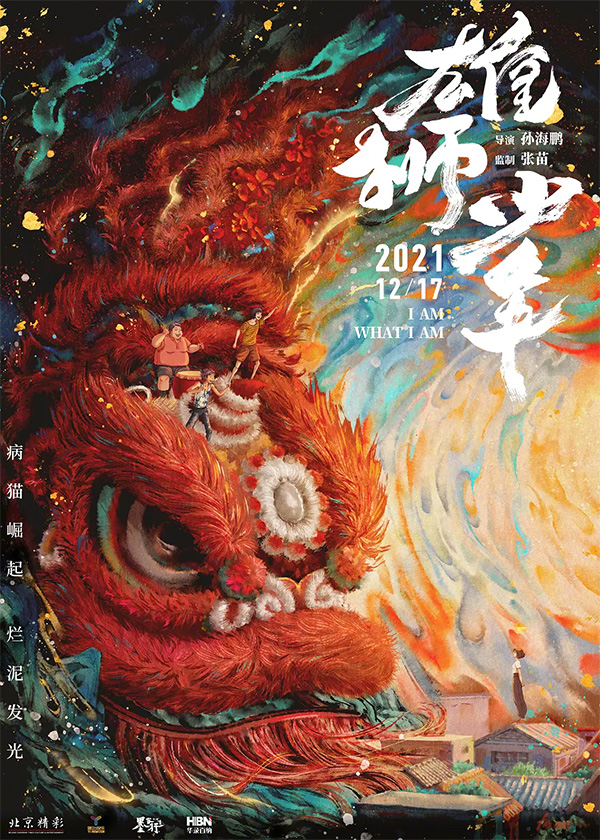

‘Slanted Eyes’ In Chinese Indie Film ‘I Am What I Am’ Spark Backlash
I Am What I Am (also known as Lion Dance Boy), a Chinese animated feature released in the country on December 17, has found itself in the eye of a social-media storm — about eyes.
The film, which is directed by Haipeng Sun, revolves around three teenagers from Guangdong province who set out to master the traditional lion dance. So while ancient culture is central to the plot, the setting is very much the real-world China of today. This alone sets the film apart from most Chinese animated hits of recent years, works of high fantasy steeped in mythology.
Pushing the realism, the filmmakers opted to give the characters relatively small eyes. The idea was to break away from the “beauty standards of online influencers and filter aesthetics” and to try “to explore the aesthetic in animation from an angle of reality,” writes nationalistic Chinese tabloid The Global Times, paraphrasing producer Miao Zhang.
For some, though, the designs don’t represent Chinese people so much as racist stereotypes of them. Viewers have taken to social media to condemn the film. “This is how Chinese people were exaggeratedly portrayed during the colonial period. We’ve been discriminated against for so long that this doesn’t look so strange to some people,” reads one Weibo user comment (as translated by Radii). Another Chinese person wrote an essay arguing that “squinting” eyes is a greater offense to a Chinese person than depicting a Black person eating watermelon and fried chicken in the United States.
Large eyes are very common in Chinese cg films. For Zhang, this reflects an assimilation of foreign ideas, not the small eyes his film contains. The Global Times continues:
The response to “slanted eyes” of the character shows that we lack aesthetic confidence and our aesthetic view of animation has been homogenized given the huge influence of Japanese and American animation, Zhang said, adding that the selection of such an ordinary boy perfectly depicts his spirit of strengthen and resistance to life.
I Am What I Am is popular with those who have seen it, earning user scores of 8.3 and 9.5 respectively on film reviewing platforms Douban and Maoyan. It screened at L.A.’s Animation Is Film earlier this year, and its Chinese gross to date is 164.6 million yuan (USD$25.9 million), according to Entgroup.
The question of racism aside, this controversy shows how approaches to character design can become entrenched in the industry, to the point where even a subtle deviation makes headlines. Hollywood animation is no exception: designs are so homogenous here that when a film like Spider-Man: Into the Spider-Verse dares to do something a bit different, everyone takes notice. We dream of a day, as we’re sure many industry artists and fans do too, when this kind of experimentation is the norm.
Poster for “I Am What I Am”:


.png)